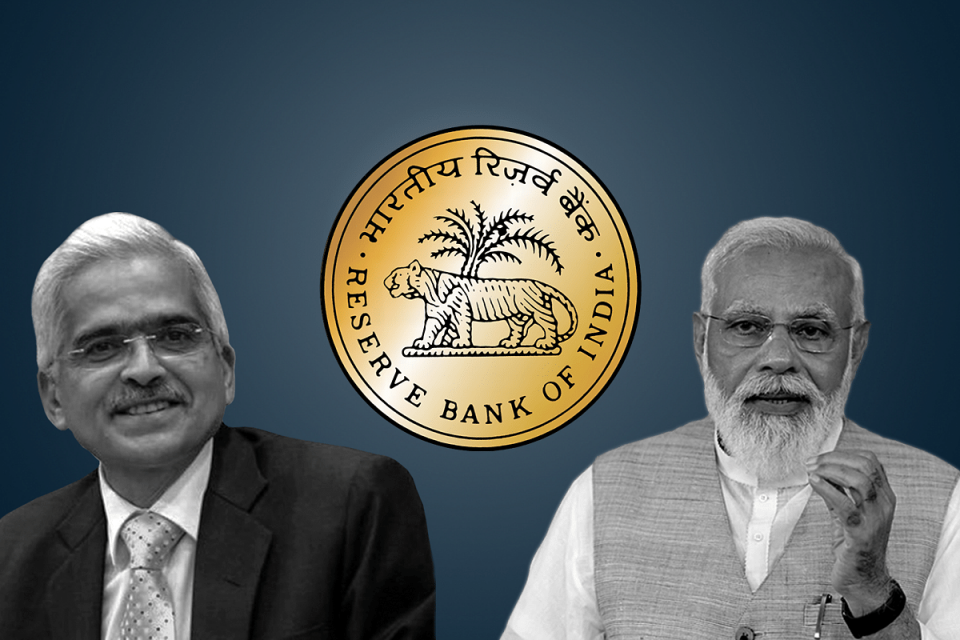Raghuram Rajan talked about the internationalisation of the rupee in 2013, but did not follow through. The time for it has arrived.
Geopolitics: After the US’s freezing of Russian assets — the first time this was done to a nuclear power — almost all the countries outside the Americas and Europe are looking to reduce their dependence on the dollar.
-
The rise of China and India — a story that could play out over the next decade — makes the internationalisation of local currencies more and more likely.
-
Sri Lanka has no dollars to buy essential goods and supplies. India can rescue it by operating a rupee account with which that country can buy essentials from India. It makes more sense than lending it dollars that it currently cannot repay.
Indian economy: India is the third-largest economy in purchasing power parity (PPP) terms, and could be the fifth largest in dollar terms by next year. It’s now right behind fifth-placed Britain.
-
Economies that are larger in PPP terms than in dollars are essentially sending out a signal that a dollar converted into local currency can buy more real goods and services than they can in America.
-
Overdependence on dollars and investments in US dollar-denominated securities is a political risk that countries like India cannot afford, even though there is little chance that the US will do to India what it did to Russia.
Looking beyond: While the RBI Governor has been pushed to internationalise the rupee because of pressures on the exchange rate, the idea should be sold to many more trade partners.
-
These can include the Gulf and ASEAN countries, where the rupee is already traded (both legally and in the hawala markets), and there is a large population of Indians working or settled there who may be interested in rupee assets.
-
ASEAN nations have been seeking to integrate themselves into a common financial framework that includes settlement in local currencies. After the US sanctions against Russia, many of them will be open to India’s overtures in this direction.
Bottom line: If the PM, FM, and RBI Governor put their shoulders to the wheel, the rupee can be internationalised regionally, in parts of Asia and Africa, over the next five years.


